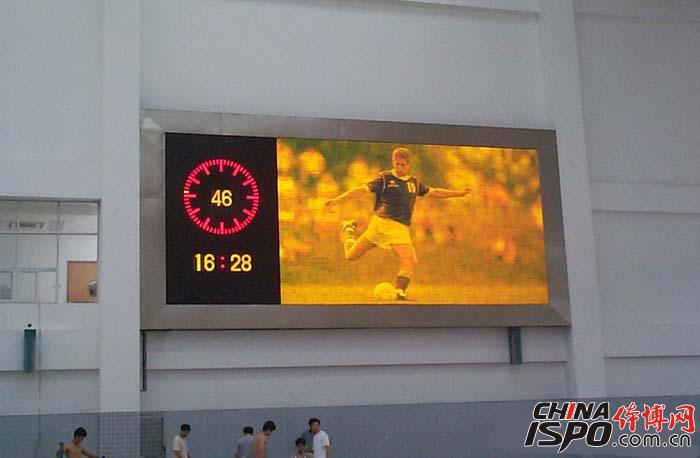LED electronic displays have become a popular choice for venues, events, and digital signage due to their vibrant visuals, energy efficiency, and flexibility. However, many users find the installation process confusing, especially when they are new to this technology. This guide aims to simplify the installation process and provide important tips to ensure a smooth setup. When setting up an LED display, it's essential to follow both hardware and software procedures carefully. Here’s a step-by-step guide to help you through the installation: 1. Renewable and Sustainable: Bagasse is a byproduct of sugarcane processing. It is made from the fibrous residue left after extracting the juice from sugarcane stalks. As sugarcane is a fast-growing plant, bagasse is a renewable and sustainable material. Bagasse Pulp Sushi Container,Bagasse Sushi Tray,Pulp Sushi Container,Sugarcane Sushi Trays EVER GREEN(ZHEJIANG)NEW MATERIAL CO., LTD / KUNSHAN GREENPACK CO.,LTD , https://www.changjingpack.com
Hardware Installation Steps
Software Setup
Important Notes
Precautions to Keep in Mind
By following these steps and taking the necessary precautions, you can successfully install and operate your LED electronic display. Whether for indoor or outdoor use, a well-installed system will deliver clear, vibrant visuals and long-term reliability.
2. Biodegradable: Bagasse is fully biodegradable, meaning it can break down naturally and return to the environment without causing harm. Unlike plastic containers, which can take hundreds of years to decompose, bagasse shushi tray can break down within a few months.
3. Reduced Carbon Footprint: The production of bagasse pulp containers requires less energy compared to plastic or Styrofoam containers. Bagasse is a natural material that does not require extensive processing or chemical treatments, reducing the carbon footprint associated with its production.
4. Waste Reduction: Sugarcane Bagasse sushi tray are made from a waste product of the sugarcane industry. By utilizing bagasse, these containers help reduce the amount of agricultural waste that would otherwise be discarded or burned, contributing to air pollution.
5. Compostable: Bagasse Pulp Container can be composted along with other organic waste. When properly composted, they can break down into nutrient-rich soil, contributing to the growth of plants and reducing the need for chemical fertilizers.
6. Non-toxic: Bagasse is a natural material and does not contain harmful chemicals or toxins. This makes bagasse containers a safe option for storing and serving food, without the risk of leaching harmful substances into the food.